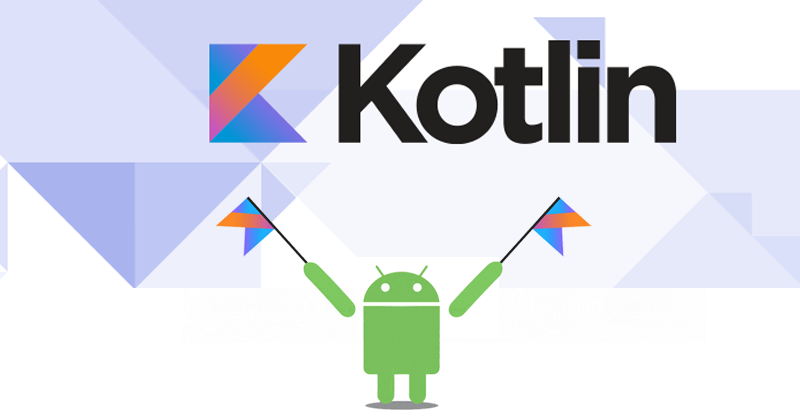Kotlin Companion Objects
In this article, you will learn to create and use companion objects in your Kotlin program with the help of examples.
Before taking about companion objects, let’s take an example to access members of a class.
class Person{
fun callMe() = println("I'm called.")
}
fun main(args: Array<String>) {
val p1 = Person()
// calling callMe() method using object p1
p1.callMe()
}Here, we created an object p1 of the Person class to call callMe() method. That’s how things normally work.
However, in Kotlin, you can also call callMe() method by using the class name, i.e, Person in this case. For that, you need to create a companion object by marking object declaration with companion keyword.
Example: Companion objects
class Person{
companion object Test {
fun callMe() = println("I'm called.")
}
}
fun main(args: Array<String>) {
Person.callMe()
}When you run the program, the output will be:
I'm called.
In the program, Test object declaration is marked with keyword companion to create a companion object. Hence, it is possible to call callMe() method by using the name of the class as:
Person.callMe()
The name of the companion object is optional and can be omitted.
class Person{
// name of the companion object is omitted
companion object {
fun callMe() = println("I'm called.")
}
}
fun main(args: Array<String>) {
Person.callMe()
}If you are familiar with Java, you may relate companion objects with static methods (even though how they work internally is totally different).
The companion objects can access private members of the class. Hence, they can be used to implement the factory method patterns.
Python Example for Beginners
Two Machine Learning Fields
There are two sides to machine learning:
- Practical Machine Learning:This is about querying databases, cleaning data, writing scripts to transform data and gluing algorithm and libraries together and writing custom code to squeeze reliable answers from data to satisfy difficult and ill defined questions. It’s the mess of reality.
- Theoretical Machine Learning: This is about math and abstraction and idealized scenarios and limits and beauty and informing what is possible. It is a whole lot neater and cleaner and removed from the mess of reality.
Data Science Resources: Data Science Recipes and Applied Machine Learning Recipes
Introduction to Applied Machine Learning & Data Science for Beginners, Business Analysts, Students, Researchers and Freelancers with Python & R Codes @ Western Australian Center for Applied Machine Learning & Data Science (WACAMLDS) !!!
Latest end-to-end Learn by Coding Recipes in Project-Based Learning:
Applied Statistics with R for Beginners and Business Professionals
Data Science and Machine Learning Projects in Python: Tabular Data Analytics
Data Science and Machine Learning Projects in R: Tabular Data Analytics
Python Machine Learning & Data Science Recipes: Learn by Coding
R Machine Learning & Data Science Recipes: Learn by Coding
Comparing Different Machine Learning Algorithms in Python for Classification (FREE)
Disclaimer: The information and code presented within this recipe/tutorial is only for educational and coaching purposes for beginners and developers. Anyone can practice and apply the recipe/tutorial presented here, but the reader is taking full responsibility for his/her actions. The author (content curator) of this recipe (code / program) has made every effort to ensure the accuracy of the information was correct at time of publication. The author (content curator) does not assume and hereby disclaims any liability to any party for any loss, damage, or disruption caused by errors or omissions, whether such errors or omissions result from accident, negligence, or any other cause. The information presented here could also be found in public knowledge domains.

